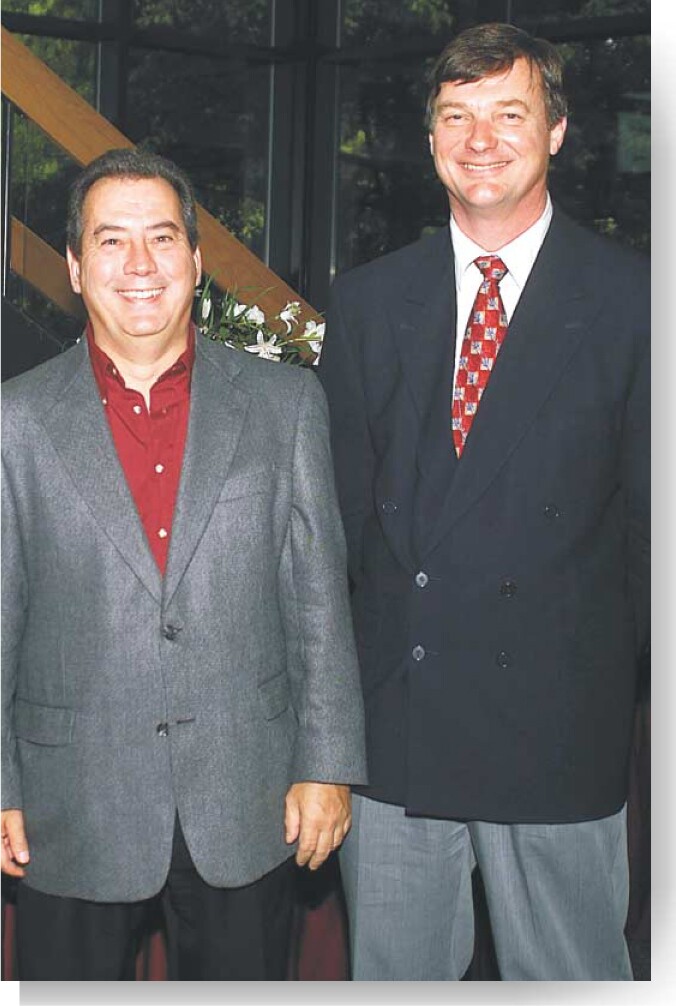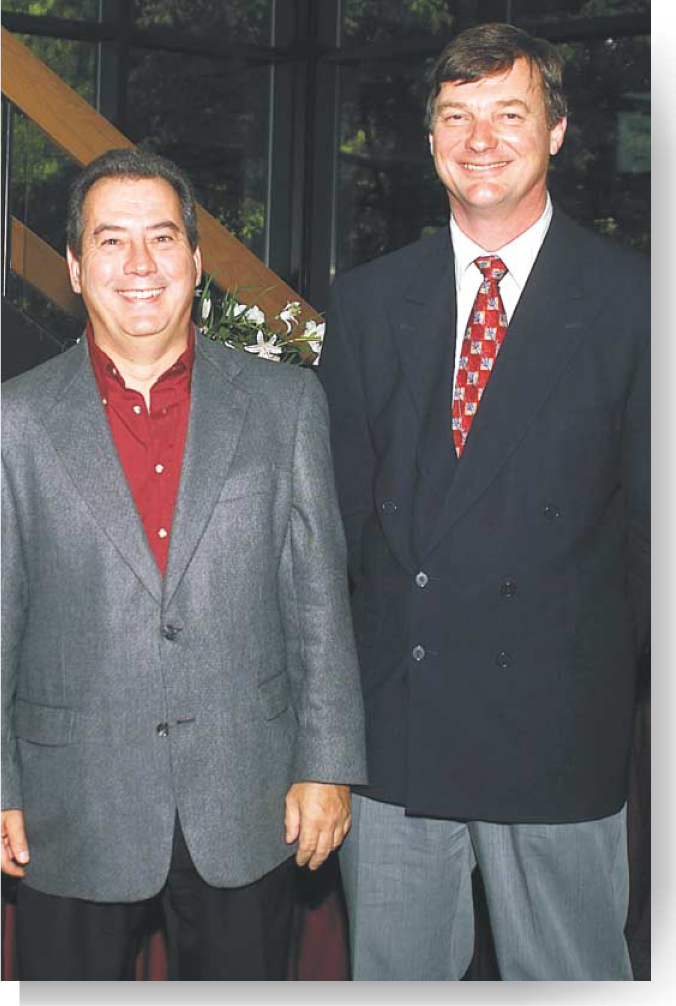Wadsworth Takes ORNL Helm
DOI: 10.1063/1.1620831
As the new director of Oak Ridge National Laboratory in Oak Ridge, Tennessee, on 1 August Jeff Wadsworth became responsible for a $1 billion annual budget and 3800 researchers. He succeeded William Madia, who is now executive vice president for laboratory operations at Battelle, which, jointly with the University of Tennessee, oversees ORNL for the US Department of Energy (DOE).
A materials scientist from the UK, Wadsworth came to the US in 1976 and has racked up experience in both research and management. He spent 12 years at Lockheed Missiles and Space Co (now Lockheed Martin Corp), until he was lured to Lawrence Livermore National Laboratory, which, he says, was seeking people from industry to help with technology transfer of “what was behind the fences” of the weapons lab. At LLNL, Wadsworth researched metals deformation at high temperatures and low stresses and superelastic behavior of metals and ceramics. He also pursued his hobby of “swords and steels”—through which he studies the origins of the Iron Age—and served for seven years as the lab’s deputy director for science and technology.
From August 2002 until his move to ORNL, Wadsworth was at Battelle headquarters in Columbus, Ohio. There, among other things, he was part of the White House transition planning office that helped design the S’T section of the emerging Homeland Security Department.
“Jeff is an internationally respected scientist, outstanding leader, and innovator in such fields as materials science and homeland security,” Raymond Orbach, director of DOE’s Office of Science, said in a statement. “He is a superb choice for ORNL, the local community and the nation.”
At ORNL, says Wadsworth, “the first order of business is to deliver on the things we have promised to do—build the Spallation Neutron Source and the neutron science program, develop the next generation of supercomputer architecture, build the center for nanophase materials, and grow the biology and homeland security programs. That’s a tall order.” In parallel, he adds, he will work with others on a long-range vision for the lab. One tricky area “is to have a balance between investing in new facilities, equipment, and programs and at the same time eliminate legacy problems,” Wadsworth says, referring to radioactive and chemical contamination at the lab.
ORNL, says Wadsworth, “has a feel of vitality and growth. It has such a broad spectrum of multidisciplinary science, an interest in commercializing work that comes out, and educational work—it’s that aggregate that makes it exciting. I think the national labs are wonderful, and I am thrilled to be running one.”

Madia Wadsworth
ORNL

More about the Authors
Toni Feder. American Center for Physics, One Physics Ellipse, College Park, Maryland 20740-3842, US . tfeder@aip.org
